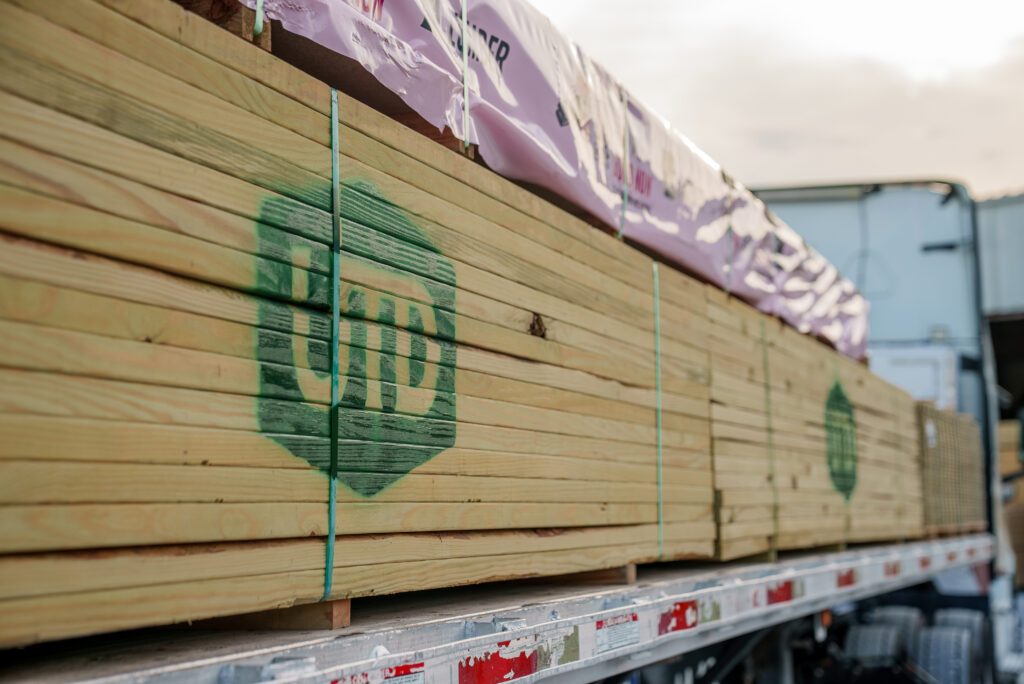Frequently Asked Questions


UTD: FAQs
Do you ship partial truckload orders?
Can I come visit next time I'm in the area?
FAQs for Partner Products
MoistureShield® Composite Decking
WearDeck™Reinforced Polymeric Lumber
Century Aluminum Railings
Wolmanized FAQs
Can I paint or stain Wolmanized Residential Outdoor wood?
How long must you wait before the wood is dry internally?
What maintenance is needed for the product?
No maintenance is needed to renew resistance to fungi and termites. Wolmanized wood has a lifetime limited warranty to the original owner to protect against these organisms. However, protection is required to maintain the wood’s appearance against weather. Sun and rain cycles cause stresses in lumber and result in swelling, shrinking, warping, and cracking.
- To help protect your project against moisture damage, apply an effective brand of water repellent as soon as your outdoor wood project is finished or, for large projects, as sections are completed. Water repellent should be applied every year or two.
- To revitalize a dingy appearance caused by dirt and mildew, use deck brightener to clean the outdoor wood.
- To validate the warranty in some states and for some species, apply an end-cut solution.
Is Wolmanized Outdoor wood safe?
A comprehensive study of occupational, residential, and playground uses of wood pressure-treated with copper azole preservative has concluded, “no adverse health effects are expected.” Believed to be the first independent human health risk assessment of the new generation of treated wood products, the study was commissioned by Bayer Chemicals Corporation (now Lanxess Corporation) and conducted by Gradient Corporation, a noted environmental and toxicological consulting firm. Lanxess manufactures Preventol® A8, which is an azole fungicide used in the copper, azole preservative.
A number of different exposures (e.g., inhalation, incidental ingestion, exposure to the skin) were assessed and aggregated in each of these scenarios. The highest potential risk was estimated to be 17 times lower than the level that the EPA uses as a safety benchmark, thus demonstrating the safety of copper azole-treated wood.
How is Wolmanized Outdoor wood produced?
Wolmanized® wood is made in a pressurized cylinder using a closed system that recycles excess preservative for future use and releases no air pollutants nor wastewater. Only licensed producers who follow stringent quality control measures make Wolmanized wood. The basic treating process is simple and highly controlled.
- Lumber, timbers, or plywood is loaded onto small rail or tram cars. The trams are moved into a large, horizontal treating cylinder.
- The cylinder door is sealed and a vacuum is applied to remove air from the cylinder and the wood cells.
- Preservative solution is then pumped into the cylinder.
- The pressure is raised to about 150 pounds per square inch, forcing the preservative into the wood.
- Treating time varies depending on species of wood, commodity being treated, and the amount of preservative to be impregnated.
- At the end of the process, excess treating solution is pumped out of the cylinder and back to a storage tank for later re-use.
- A final vacuum removes excess preservative from wood cells. The cylinder door is opened and the trams are pulled out. The wood is wet, so it is kept on a concrete pad until any dripping ceases.

